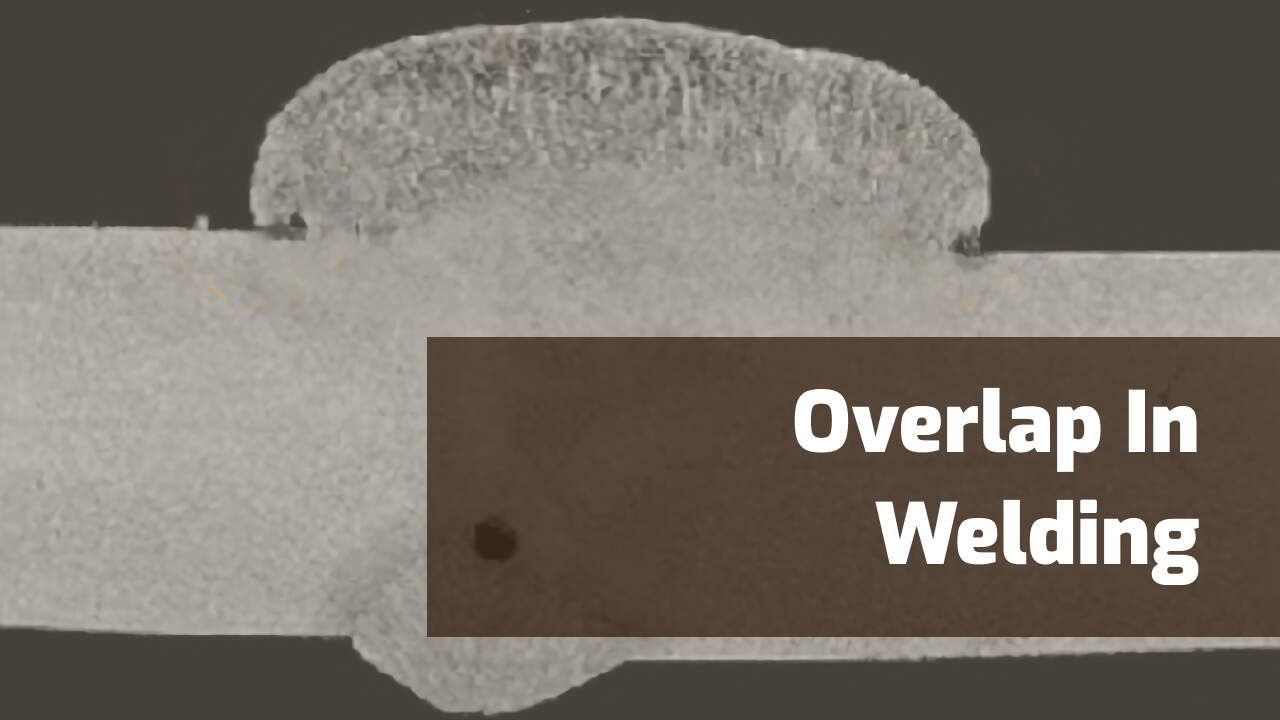Mastering the Art of Welding: How to Prevent Undercut Welding Issues for Flawless Fabrication Outcomes
Effectiveness and accuracy are critical on the planet of welding, where even the slightest blemish can endanger the structural integrity of a produced piece. One common difficulty that welders face is damaging, a flaw that can lead and deteriorate a weld joint to expensive rework. By recognizing the source of undercut welding and carrying out efficient methods to avoid it, welders can elevate their craft to new levels of excellence (Preventing weld undercut). In the pursuit of remarkable manufacture outcomes, grasping the art of welding to stay clear of undercut problems is not just a skill however a requirement for those pursuing perfection in their job.
Recognizing Undercut Welding

To prevent undercut welding, welders should ensure proper welding criteria, such as changing the existing, voltage, travel speed, and maintaining the proper electrode angle. Furthermore, utilizing the suitable welding method for the particular joint setup is essential. Using weaving motions or backstepping methods can aid ensure appropriate weld metal deposition and minimize the chance of undercut formation. Normal inspection of welds throughout and after the welding procedure is also vital to capture any undercut very early and make required adjustments to avoid further flaws. Preventing weld undercut. By comprehending the sources of undercut welding and executing safety nets, welders can achieve top quality, structurally audio welds.
Reasons For Undercut in Welding
Understanding the elements that add to damage in welding is essential for welders to create top quality, structurally audio welds. Insufficient welding existing or wrong welding speed can likewise contribute to undercut. Comprehending these causes and carrying out correct welding methods can help avoid damaging problems, making certain long lasting and strong welds.
Strategies to Avoid Undercutting

To alleviate the risk of undercutting in welding, welders can employ critical welding methods aimed at boosting the quality and stability of the weld joints. Additionally, making use of the right welding technique for the particular joint configuration, such as weave or stringer grains, can contribute to reducing undercutting.
Additionally, proper joint prep work, including guaranteeing clean base products devoid of impurities and utilizing the appropriate welding consumables, is vital in avoiding undercut defects. Employing visit this site back-step welding strategies and controlling the weld grain profile can also help disperse warmth equally and decrease the threat of undercut. Routine assessment of the weld joint throughout and after welding, along with applying quality assurance procedures, can assist in attending to and finding damaging issues quickly. By executing these methods diligently, welders can accomplish flawless fabrication results with marginal undercut defects.
Significance of Proper Welding Specifications
Choosing and maintaining proper internet welding parameters is vital for accomplishing successful welds with marginal flaws. Welding specifications refer to variables such as voltage, current, take a trip speed, electrode angle, and protecting gas flow rate that directly affect the welding procedure. These specifications need to be carefully changed based upon the sort of material being bonded, its thickness, and the welding strategy used.
Appropriate welding criteria guarantee the right quantity of warm is put on thaw the base metals and filler product consistently. If the parameters are set expensive, it can bring about too much warmth input, creating burn-through, spatter, or distortion. On the various other hand, if the specifications are as well low, incomplete fusion, absence of infiltration, or undercutting may occur.
Quality Guarantee in Welding Procedures

Final Thought
To conclude, understanding the art of welding calls for an extensive understanding of undercut welding, its causes, and strategies to avoid it. By ensuring correct welding specifications and implementing quality control techniques, perfect manufacture outcomes can be accomplished. It is essential for welders to continually pursue excellence in their welding operations to stay clear of undercut issues and generate premium welds.
Undercut welding, a common flaw in welding processes, happens when the weld metal doesn't properly fill a knockout post up the groove and leaves a groove or clinical depression along the welded joint.To protect against undercut welding, welders ought to make certain appropriate welding criteria, such as adjusting the present, voltage, traveling speed, and preserving the proper electrode angle. Inadequate welding incorrect or present welding rate can also add to damage.To mitigate the threat of undercutting in welding, welders can utilize critical welding techniques aimed at improving the top quality and integrity of the weld joints.In conclusion, grasping the art of welding calls for a comprehensive understanding of undercut welding, its causes, and methods to stop it.